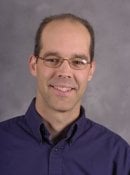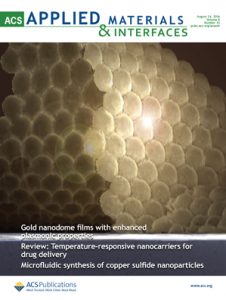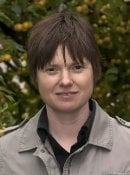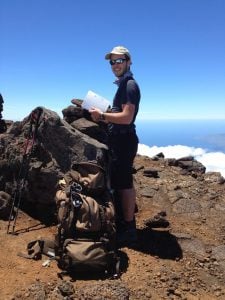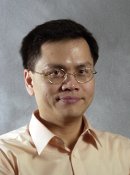Raymond Shaw (Physics/EPSSI) is the principal investigator on a research and development project that has received a $150,931 grant from the U.S. Department of Defense, Air Force Research Laboratory (AFRL).
Will Cantrell (Physics) and Claudio Mazzoleni (Physics) are Co-PIs on the project, “An Investigation of the Suitability of a Laboratory Cloud Chamber for Optical Radiative Transfer Measurements.”
This is the first year of a two-year project potentially totaling $316,374.
